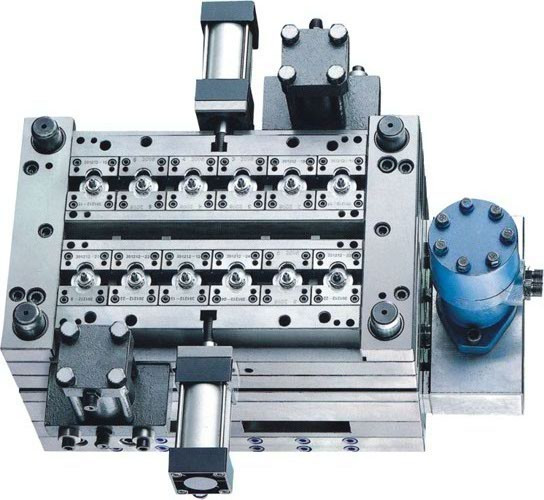Plastic Pipe fitting mould require a quite different type of moulding process when compared to others such as automotive parts, commodity products, etc. this is because it involves the process of creating a hollow space to allow the flow of water while making the mould. However, pipe fitting is a blanket term that goes on to include a number of things like T-joints, coupling, water pipes, taps, valves, joints, etc. Each one of them would require a different type of mould and moulding process as well.
Types of moulding employed for pipe fittings
In general, the types of moulding employed for pipe fittings include
Injection moulding– This is an ideal process for making moulds for pipe fittings like joints, elbows, t-pieces, etc. This refers to the process of creating moulds with a hopper to feed the plastic. The plastic then moves on to the melting section. The plastic that is melted is transported forward and homogenized. It is then passed through the mould and allowed to cool. The product that is desired is obtained by opening the mould.
Blow moulding– This type of moulding is employed for inspection chambers, manholes, septic tanks, etc. As the name suggests in the blow molding process air is blown into the melted plastic to get into the desired shape. It is allowed to cool and then the product is removed from the mould.
Rotational moulding- This is used for the production of water tanks, inspection chambers etc.as one piece parts that are hollow.
A quality conscious company like HQ mould with vast experience in the mould making industry would produce quality moulds that are appropriate for the type of pipe fitting that is required.

